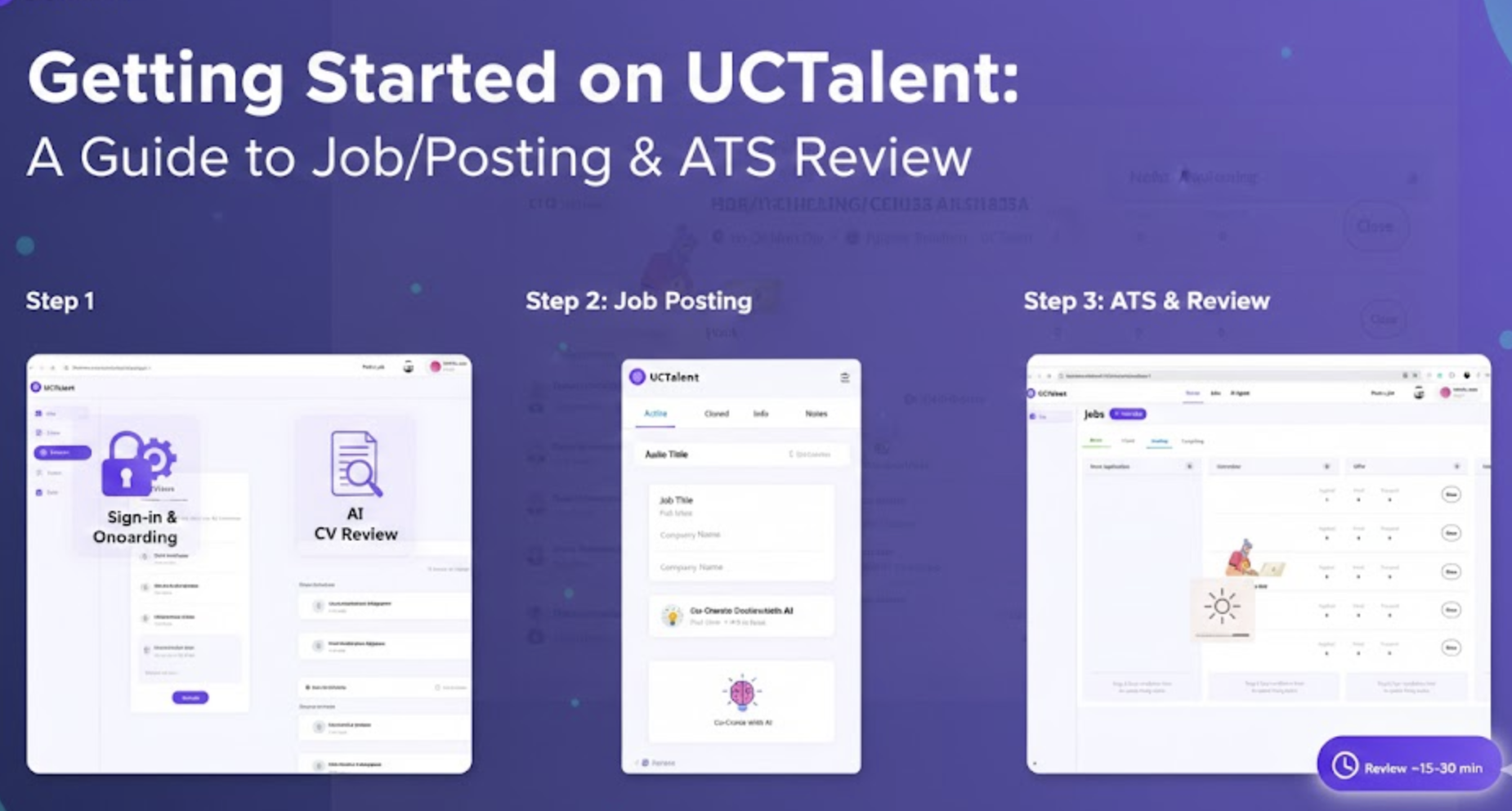Agile Scrum and How to Apply it in a Tech Startup
As the tech industry continues to evolve at a rapid pace, startups are constantly searching for methodologies that enable them to deliver high-quality products efficiently. Agile Scrum has emerged as a popular framework that aligns perfectly with the fast-paced, iterative nature of startups. In this blog, we will explore how Agile Scrum can be effectively applied in a tech startup and its relevance in the Web3 and blockchain era.
1. Understanding Agile Scrum
Agile Scrum is an iterative and incremental framework that empowers teams to collaborate effectively, respond quickly to changes, and deliver value to customers continuously. The key principles of Agile Scrum include:
- Empowering self-organizing teams: Agile Scrum encourages cross-functional teams to collaborate and make decisions collectively, enabling autonomy and promoting creativity.
- Iterative development: Rather than following a linear, waterfall-like process, Agile Scrum divides the development process into smaller, manageable chunks called sprints. Each sprint lasts for a fixed duration, typically two weeks, and delivers a potentially shippable product increment.
- Continuous feedback loop: Agile Scrum promotes regular feedback from stakeholders (customers, business, investors, etc.) through various ceremonies such as daily stand-ups, sprint reviews, and retrospectives. This feedback loop ensures continuous improvement throughout the development cycle.
Scrum is just one of many agile frameworks to consider.

2. The Relevance of Agile Scrum in Web3 and Blockchain Startups
With the rise of Web3 and blockchain technologies, startup teams are required to be adaptable and flexible to keep up with this dynamic landscape. Agile Scrum perfectly aligns with these needs by providing a framework that fosters flexibility, adaptability, and rapid iteration.
- Accommodating evolving requirements: Web3 and blockchain projects involve working with cutting-edge technologies, often leading to frequent changes in project requirements. Agile Scrum's iterative approach allows startups to adapt to these changes easily.
- Collaboration in decentralized teams: Web3 projects often involve a distributed team of developers working remotely. Agile Scrum's emphasis on self-organizing teams and frequent communication ensures effective collaboration even in a decentralized setup.
3. Applying Agile Scrum in a Tech Startup

To successfully apply Agile Scrum in a tech startup, here are some key steps to follow:
Step 1: Establish Clear Goals
Define the product vision, objectives, and key results. Make sure the entire team understands the goals and is aligned with the company's mission.
Step 2: Build the Scrum Team
Form a cross-functional team with the necessary skills to deliver the product incrementally. Each team member should have a clear understanding of their roles and responsibilities.
Step 3: Product Backlog Creation
Create a prioritized list of user stories, features, and tasks that need to be completed. This backlog will serve as the foundation for planning future sprints.
Step 4: Sprint Planning
During the sprint planning session, the team decides which items from the product backlog will be tackled in the upcoming sprint. Break down the selected items into smaller tasks and estimate the effort required.
Step 5: Daily Stand-ups
Hold short daily stand-up meetings where team members provide updates on their progress, discuss challenges, and plan for the day. This fosters communication and ensures everyone is aligned.
Step 6: Sprint Review and Retrospective
At the end of each sprint, review the work accomplished and gather feedback from stakeholders. Conduct a retrospective to identify successes, areas of improvement, and actionable steps for the next sprint.
Tips: The Agile Scrum is just one framework to be agile in software development. You should consider using Agile Scrum when the team has all roles to deliver a software product and the product/project rapidly envolve over time.
At the same time, we would also like to seize this opportunity to introduce UCTalent.io, a leading web3 professional network platform, and how it can help startups build a dream team of senior developers.

4. UCTalent.io: Building Your Dream Team of Senior Developers
Finding the right talent is crucial for the success of any startup, especially in the web3 and blockchain domain. UCTalent.io, a leading web3 professional network platform, provides a solution for startups looking to attract senior developers with expertise in this emerging field.
UCTalent.io offers a curated network of top-tier web3 developers, empowering startups to connect with experienced professionals who can jumpstart their projects. By leveraging UCTalent's platform, you can access a wide range of senior developers skilled in Scrum, Agile, and blockchain technologies, bringing immense value to your startup.
In Conclusion
Agile Scrum is a valuable framework for tech startups, particularly in the Web3 and blockchain space. Its iterative approach, emphasis on collaboration, and adaptability make it an ideal choice for startups looking to deliver high-quality products efficiently. If you are a startup looking to build a dream team of experienced developers, UCTalent's web3 professional network







.png)




